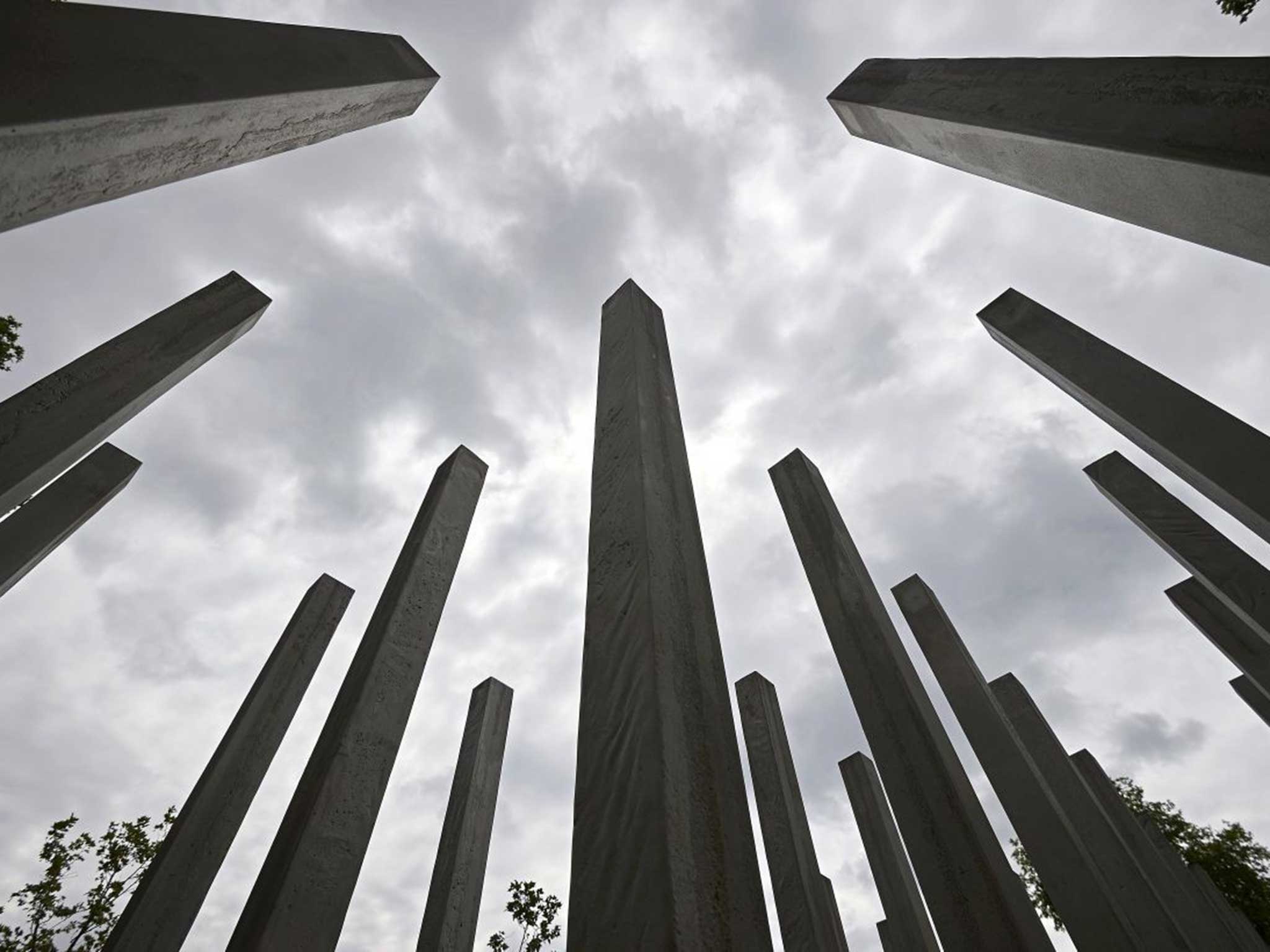7/7 London bombings anniversary: What time is the minute's silence and where will it take place?
52 people were killed and 700 injured when four terrorists detonated devices in London on 7th July

Your support helps us to tell the story
From reproductive rights to climate change to Big Tech, The Independent is on the ground when the story is developing. Whether it's investigating the financials of Elon Musk's pro-Trump PAC or producing our latest documentary, 'The A Word', which shines a light on the American women fighting for reproductive rights, we know how important it is to parse out the facts from the messaging.
At such a critical moment in US history, we need reporters on the ground. Your donation allows us to keep sending journalists to speak to both sides of the story.
The Independent is trusted by Americans across the entire political spectrum. And unlike many other quality news outlets, we choose not to lock Americans out of our reporting and analysis with paywalls. We believe quality journalism should be available to everyone, paid for by those who can afford it.
Your support makes all the difference.A minute’s silence will be held today at 11.30am across London’s public transport network in memory of the 52 individuals killed in the 7/7 terror attack ten years ago.
When is it?
Tubes will stop at 11.30am to allow travellers a moment of silence. Elsewhere in the capital services – such as the ones in St Paul’s Cathedral and Tavistock Square – are expected to hold a minute’s silence.
Where is it?
On London’s Underground and at services around the capital.
Wimbledon has delayed its play from the usual starting time of 11.30am to 11.45am to allow players, spectators and officials to partake. Meanwhile, London leaders, including Mayor Boris Johnson, will join in a service in St Paul’s. Other services will take place in Tavistock Square – where 110 people were injured – and at the Hyde Park memorial to the 52 killed.
What else is happening to remember the victims?
The hashtag #WalkTogether has started trending across Twitter as thousands of commuters photograph themselves leaving their Tube a stop early and walking to work. The initiative, started by British Future, aims to remember the afternoon following the attacks when thousands took to London’s streets as public transport networks shut down.
Different services are being held across the capital. In St Paul’s Cathedral families’ of the victims, as well as survivors, are expected to attend a service starting at 11am. The minute’s silence will be marked by petals falling from the cathedrals’ dome and the lighting of four candles to remember the individual sites.
In the afternoon, Prince William will attend a more informal service at the Hyde Park memorial. There will be singing, recitals and a reading.
Why do we do it?
The origin of a minute’s silence is contested. Andy McSmith’s 2008 article lays out many of the history and common misconceptions – as well as the growing politicisation – of the silence.
Commemorative silence became a fixed occasion in Britain in 1919 following the First World War, however, the practise had been around for years. King Edward VII’s death in 1910 was marked by a minute’s silence, while silence was held in 1912 to honour the victims of the Titanic tragedy.
Quakers practised minute’s silence for around 300 years. Absent from political or religious connotations or implications, the method was widely picked up by English-speaking plural societies as an effective method for people to come together without compromising personal beliefs or affiliations.
Subscribe to Independent Premium to bookmark this article
Want to bookmark your favourite articles and stories to read or reference later? Start your Independent Premium subscription today.
Join our commenting forum
Join thought-provoking conversations, follow other Independent readers and see their replies
Comments